Has Lenovo found the ultimate business use case for smart glasses?
Lenovo’s T1 smart glasses offer a virtual desktop that only you can see
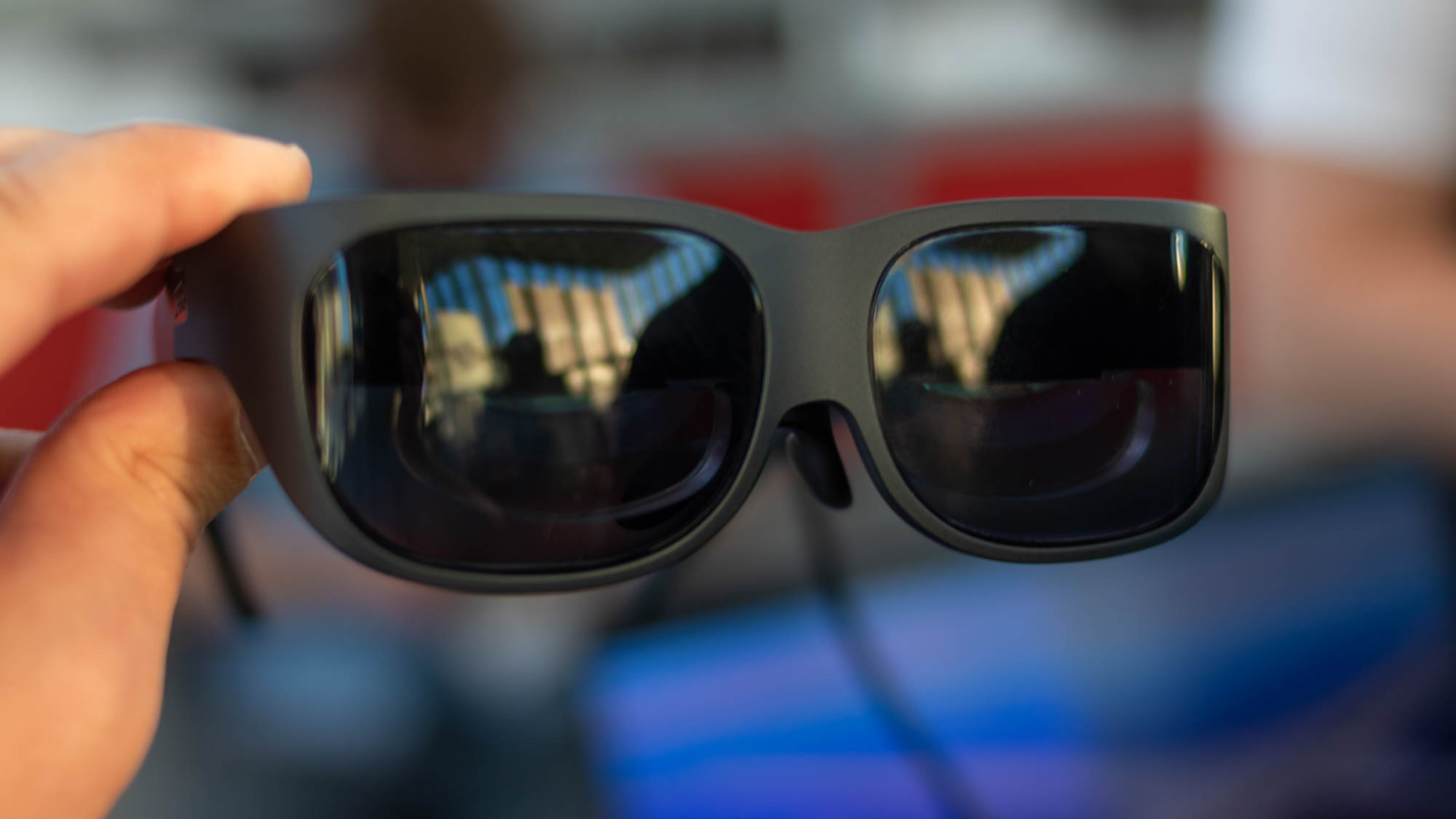

Smart glasses are one of those technologies that just refuses to die. Companies like Microsoft and Google have had a crack at it, with varying degrees of success, and here we are in 2022, with high-tech eyewear still not quite in the mainstream.
The history of virtual reality goes all the way back to the late 50s, though the term was actually coined in 1987 by author and technologist Jaron Lanier. Along with AR (augmented reality), VR has primarily centred around gaming and immersive experiences, but there is a feeling that we’re entering a new age of VR thanks to the sudden emergence of the so-called ‘metaverse’. Meta (née Facebook) is leading the charge here, though I have to say what Meta presents as the ‘metaverse’ looks an awful lot like characters and backgrounds from Wii sports.
However, if we leave the low-quality avatars and cartoon landscape to one side, there are other use cases for smart glasses that can benefit businesses and remote workers. One example was presented by Lenovo with the announcement of its new T1 smartglasses, which were revealed at IFA in Berlin. Unfortunately, I wasn’t able to have a full hands-on session with the T1 glasses; instead, I got about three minutes with them at the Showstoppers consumer trade event, where Lenovo had a presentation table.
With the device in hand, my immediate impression was that they looked a little stupid and, to be fair, most smart eyewear prototypes are unattractive. Part of the reason, for me, is that they’re an ugly mix of sunglasses and VR headsets. The T1s themselves aren’t as large as the latter, but they’re a little bit like bulky Ray Bans. Nowhere near as svelte as Meta’s ‘Ray Ban Stories’.
The T1 works with a smartphone or a laptop and according to Lenovo, this will include MacBooks. The two prototypes the company had on display were hooked up to an Android handset via a USB cable. Presumably, they will eventually be wireless, but the display of the smartphone screen is transported to the glasses with the cable. The phone's display then switches to a trackpad so you can move a cursor around a screen that you can see through the glasses, essentially making the phone a mouse.
I played around with it for a few minutes and asked various questions - and you know what? It was just straight-up cool. Cool in a way that I could actually see the use cases or the reason for it, not like foldable phones, which still seem like an answer to a question no one asked. This felt like a future technology that had reached the now. I had the graphics of a smartphone in my eyes, a virtual desktop that only I could see. I felt like flipping Iron Man.
Said desktop moved with my head, but there was also a button on the arm of the glasses that I could click to keep the content in a single place. What’s more, it doesn’t block your peripheral vision and you can still see the real world beyond the graphics. Now, I can’t say how good this is for working on documents or typing, but for controlling a smartphone UI and watching a quick video, it was great. How this will operate with a laptop screen is still a mystery, but I like the idea of having a screen that literally no one but me can see. It’s complete privacy in that regard, which will make your sensitive work that little bit safer when in public. Lenovo told me that it’s predominantly going to be aimed at the consumer, with a release date estimated at early 2024 and a price tag that will be under £400.
Get the ITPro daily newsletter
Sign up today and you will receive a free copy of our Future Focus 2025 report - the leading guidance on AI, cybersecurity and other IT challenges as per 700+ senior executives
However, while I was clearly sold on the idea of a desktop for my eyes only, I still recognise that this in itself may come with issues. For starters, it’s an immersive technology and that might not be a good fit for work, particularly as more and more of us are apparently doing an increasing amount of our work remotely. The idea that you can do your job in a virtual space and essentially ignore the outside world seems like a fast track to burnout and isolation. For now, though, I’m content with the idea of a virtual interface that only I can see. I just wished they didn’t make me look like actual glasses.
Bobby Hellard is ITPro's Reviews Editor and has worked on CloudPro and ChannelPro since 2018. In his time at ITPro, Bobby has covered stories for all the major technology companies, such as Apple, Microsoft, Amazon and Facebook, and regularly attends industry-leading events such as AWS Re:Invent and Google Cloud Next.
Bobby mainly covers hardware reviews, but you will also recognize him as the face of many of our video reviews of laptops and smartphones.
-
 CISA issues warning in wake of Oracle cloud credentials leak
CISA issues warning in wake of Oracle cloud credentials leakNews The security agency has published guidance for enterprises at risk
By Ross Kelly
-
 Reports: White House mulling DeepSeek ban amid investigation
Reports: White House mulling DeepSeek ban amid investigationNews Nvidia is caught up in US-China AI battle, but Huang still visits DeepSeek in Beijing
By Nicole Kobie
-
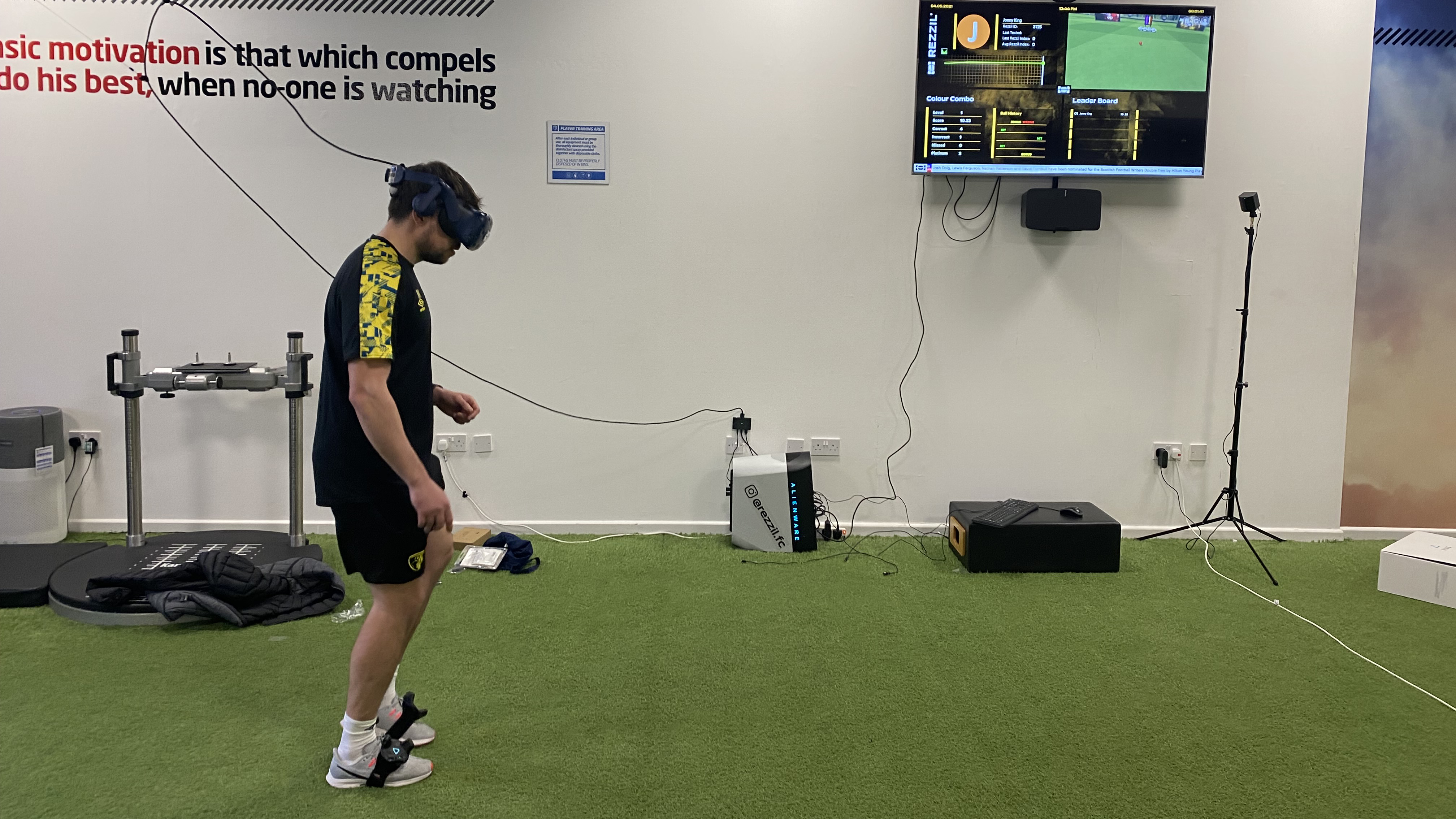 Virtual striker: Using VR to train Premier League stars
Virtual striker: Using VR to train Premier League starsCase Studies How one company is taking VR out of the boardroom and into the locker room
By Adam Shepherd
-
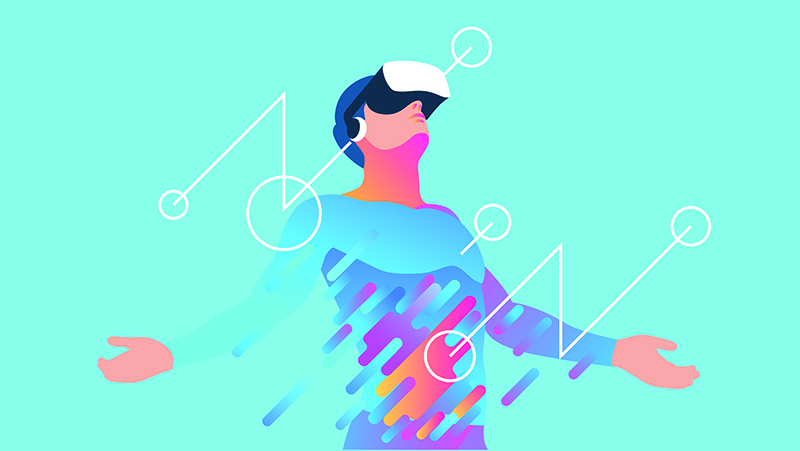 NeuPath and Cynergi will bring VR therapy to chronic pain management
NeuPath and Cynergi will bring VR therapy to chronic pain managementNews NeuPath will integrate Cynergi’s VR program with its remote pain management platform
By Praharsha Anand
-
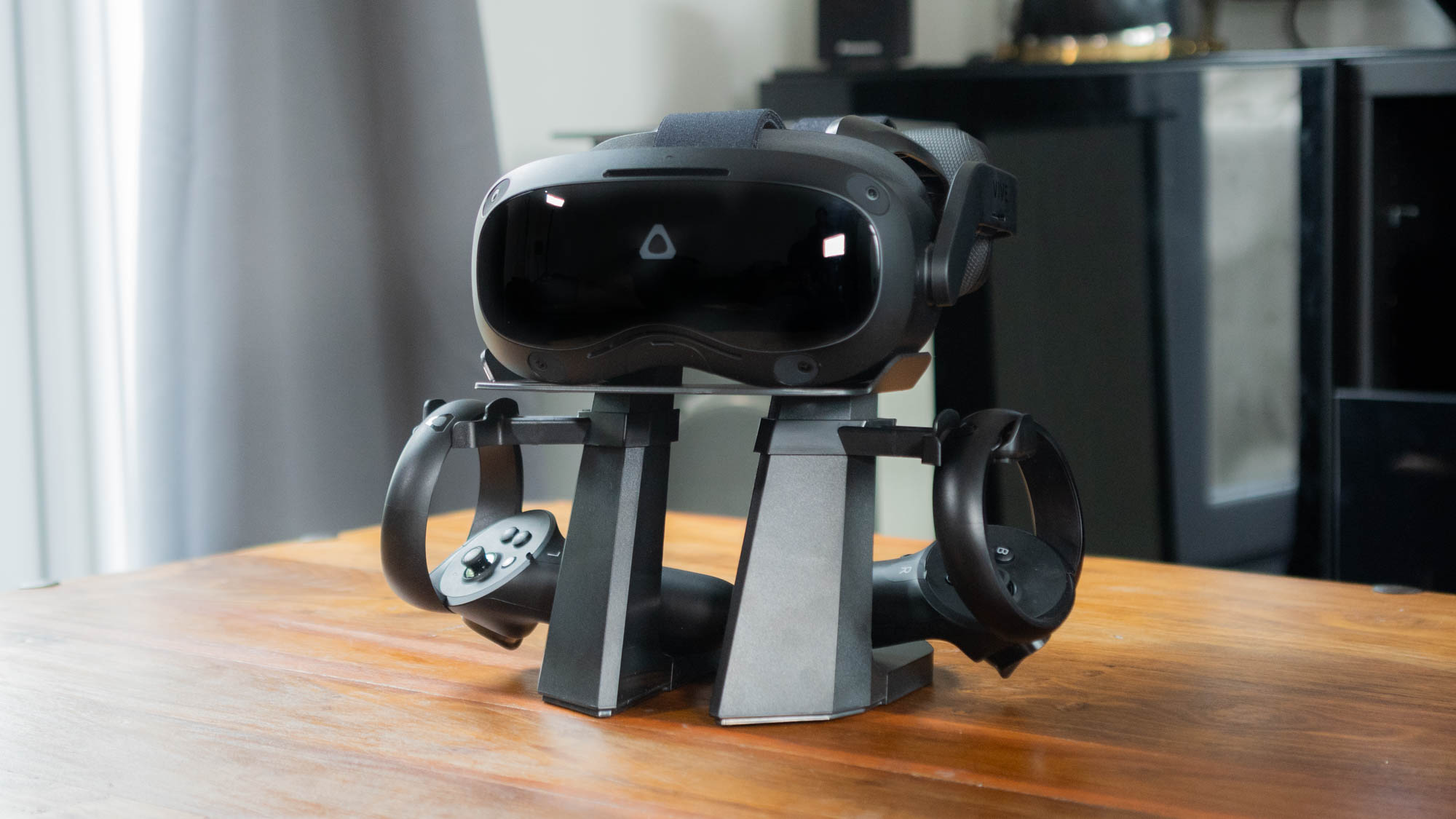
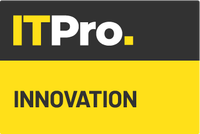 HTC Vive Focus 3 review: The future of VR is here
HTC Vive Focus 3 review: The future of VR is hereReviews This smart and stylish headset is a leap forward for the technology
By Adam Shepherd
-
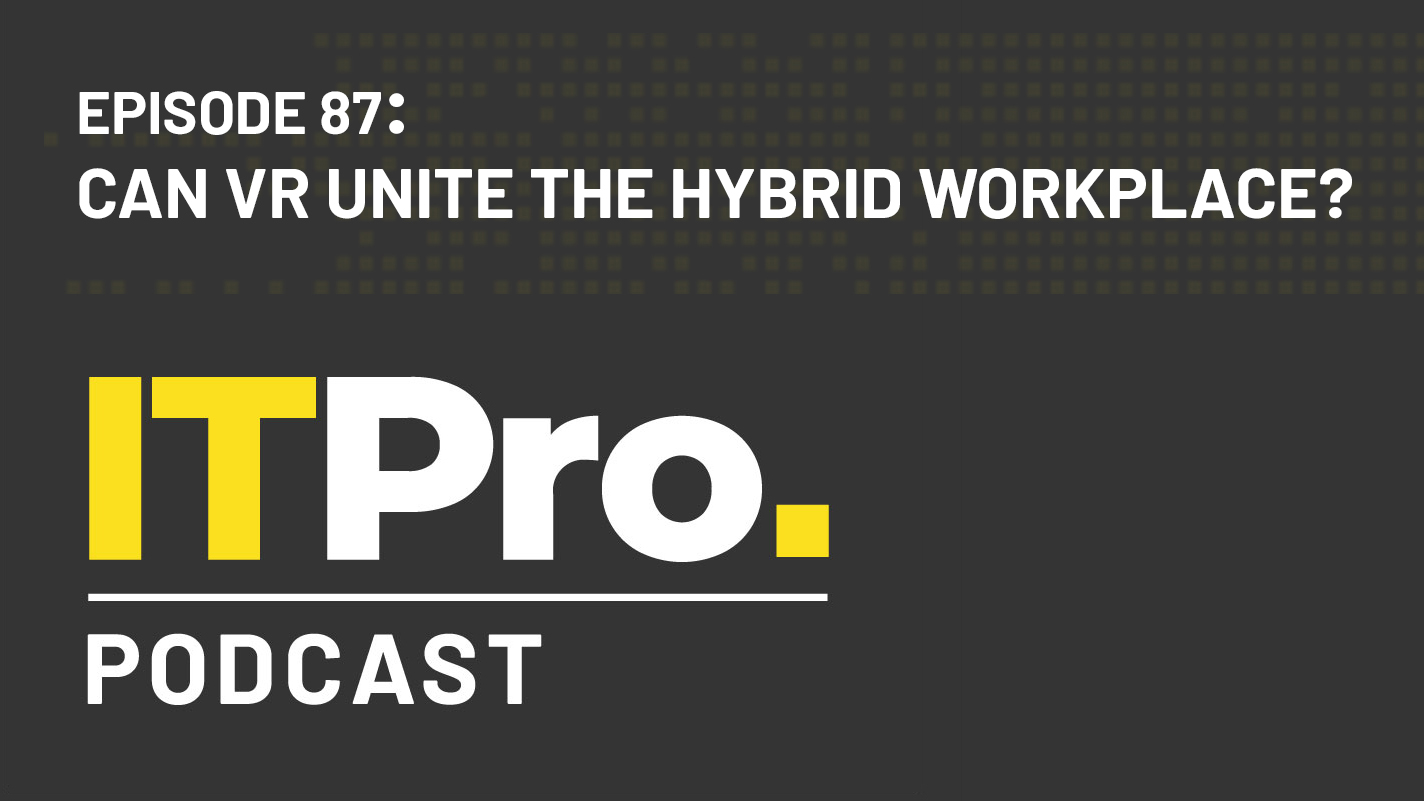 The IT Pro Podcast: Can VR unite the hybrid workplace?
The IT Pro Podcast: Can VR unite the hybrid workplace?IT Pro Podcast How one company is using virtual reality to bring its staff together
By IT Pro
-
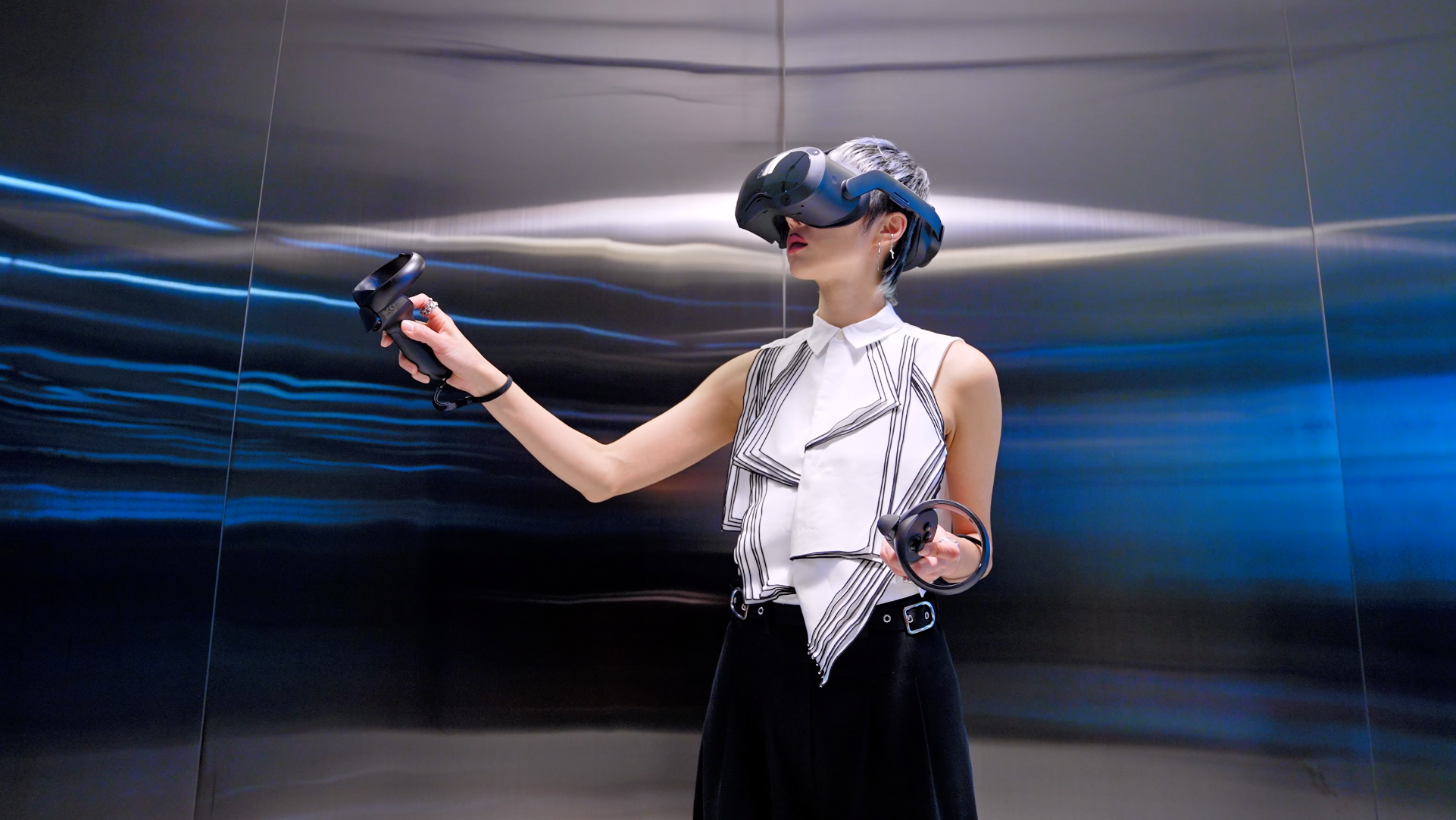 HTC launches new business-focused VR headsets
HTC launches new business-focused VR headsetsNews Vive Pro 2 and Vive Focus 3 include 5K resolution, larger field of view, and business management tools
By Adam Shepherd
-
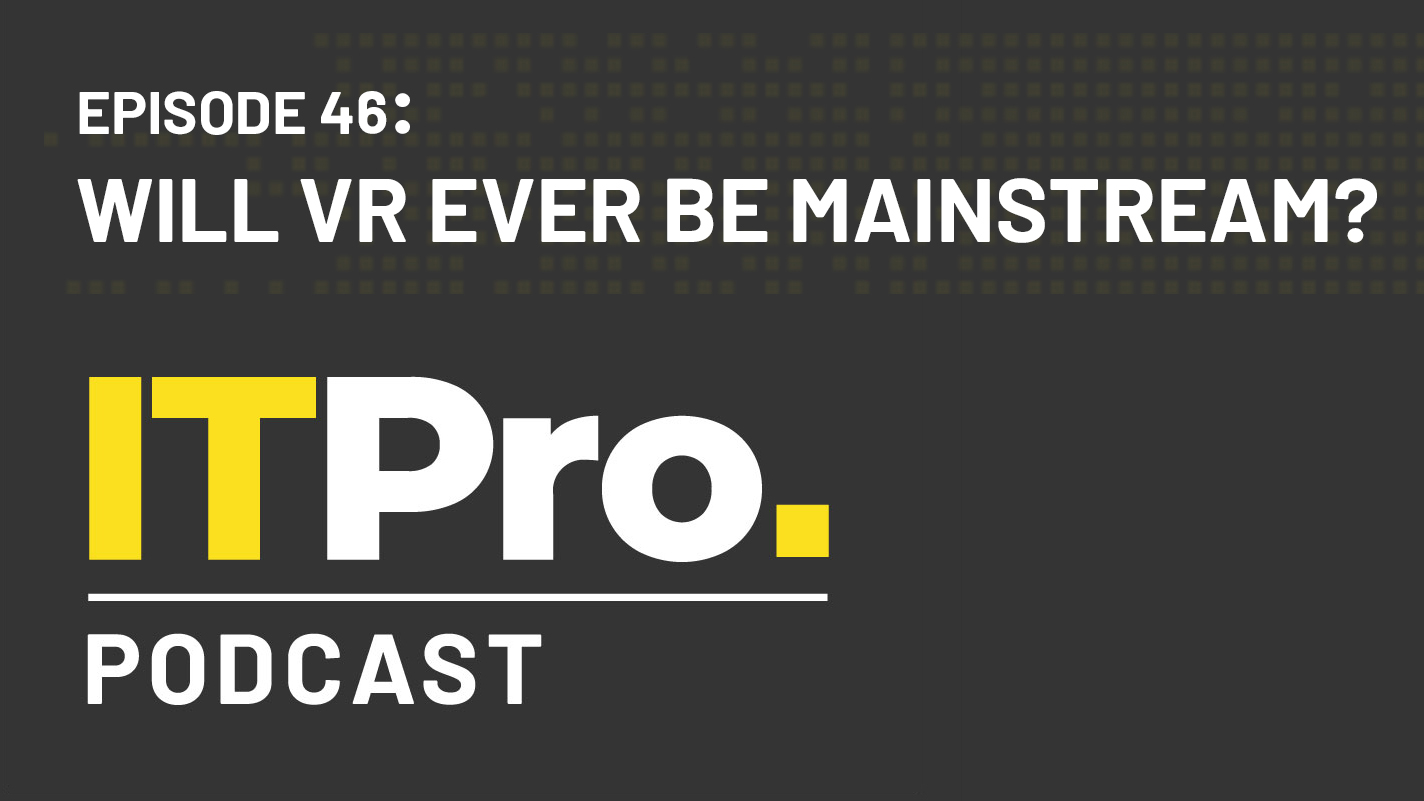 The IT Pro Podcast: Will VR ever be mainstream?
The IT Pro Podcast: Will VR ever be mainstream?IT Pro Podcast Despite years of development, VR is still a niche technology
By IT Pro
-
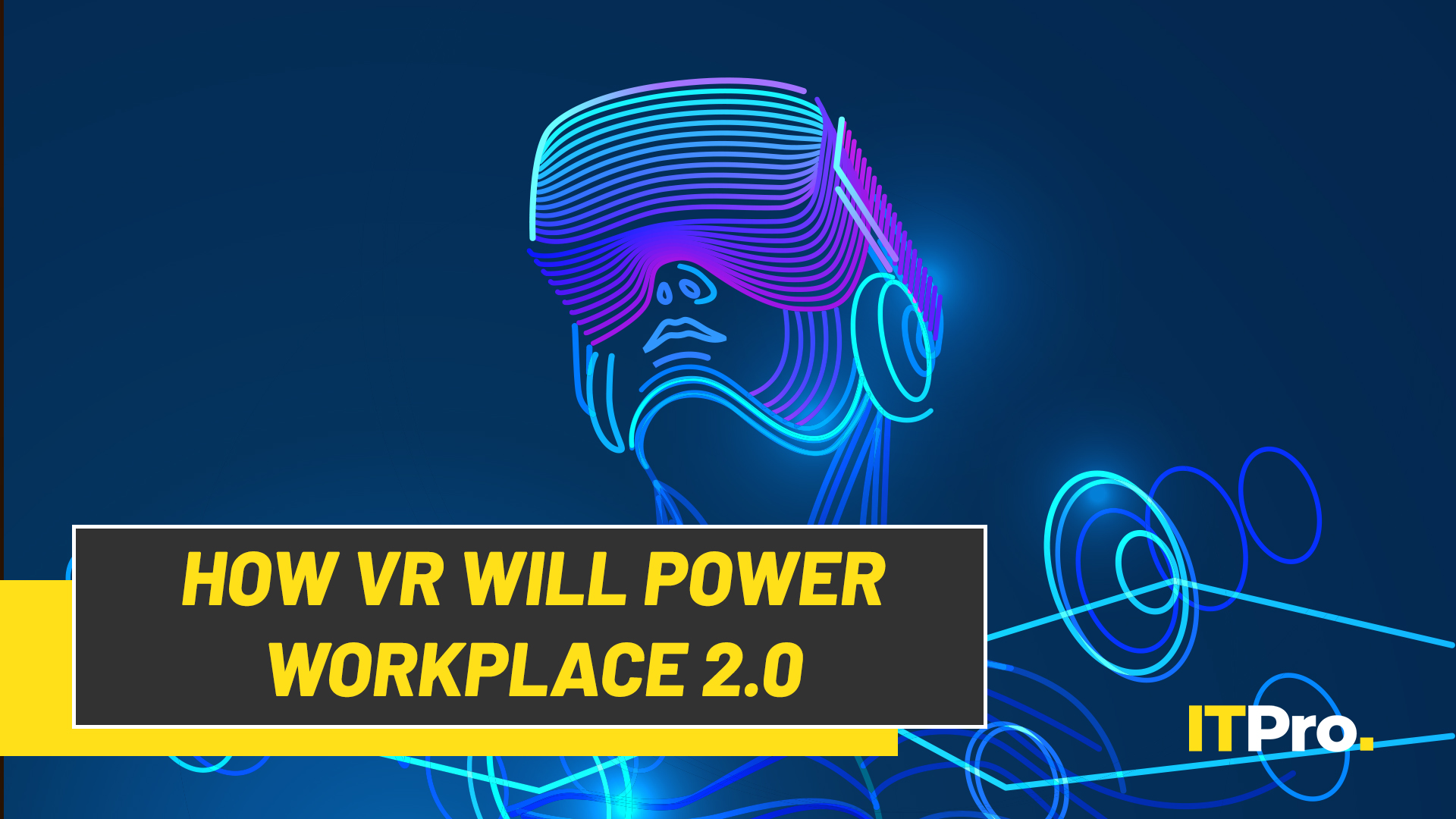 IT Pro Live: How virtual reality will power Workplace 2.0
IT Pro Live: How virtual reality will power Workplace 2.0Video The office of the future might not be a physical office at all
By IT Pro
-
 The future tech helping battle the pandemic
The future tech helping battle the pandemicIn-depth We’ve struggled to find a use for chatbots, 3D printers and drones, but innovative tech is now being used to fight COVID-19
By Nicole Kobie